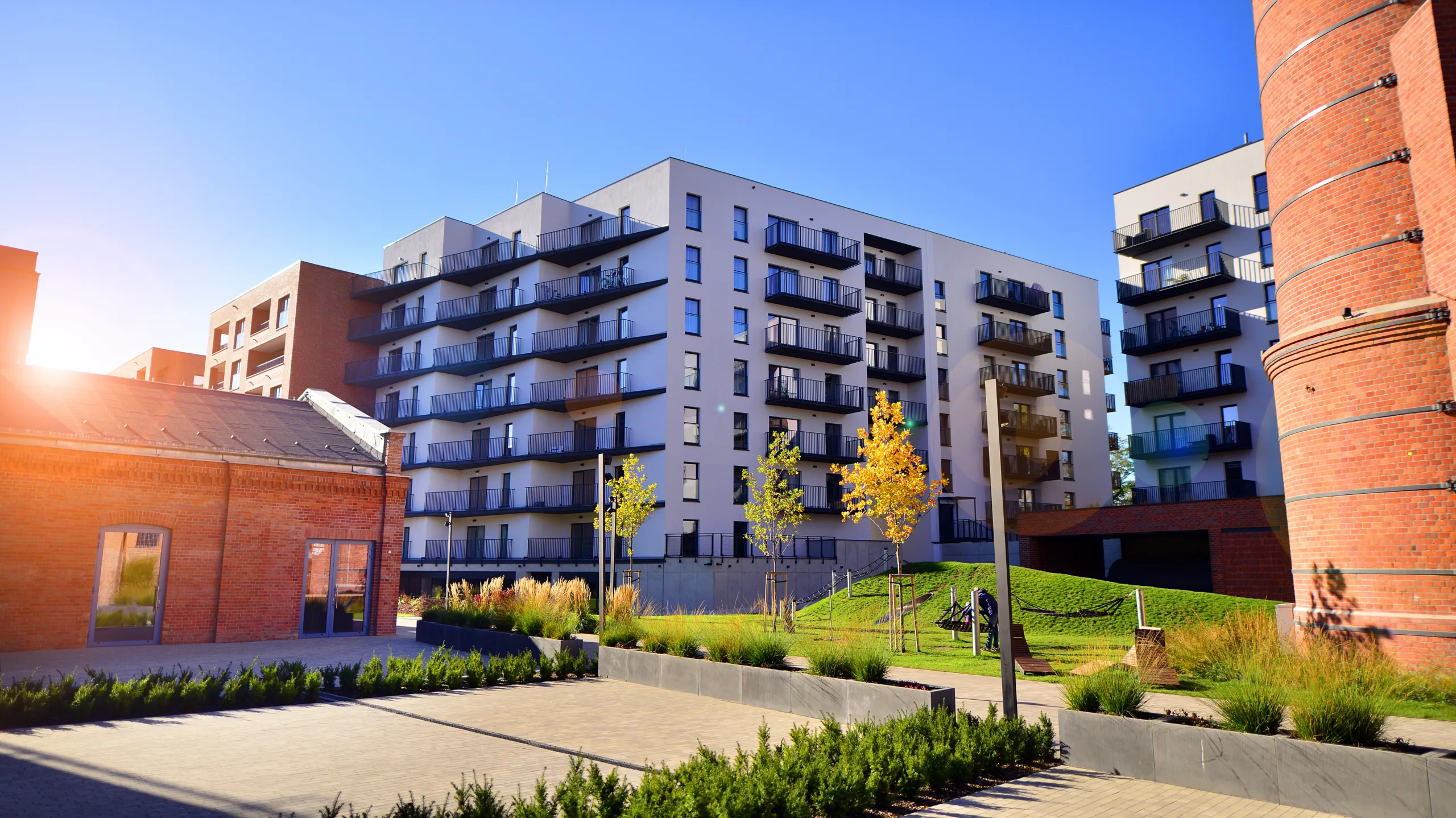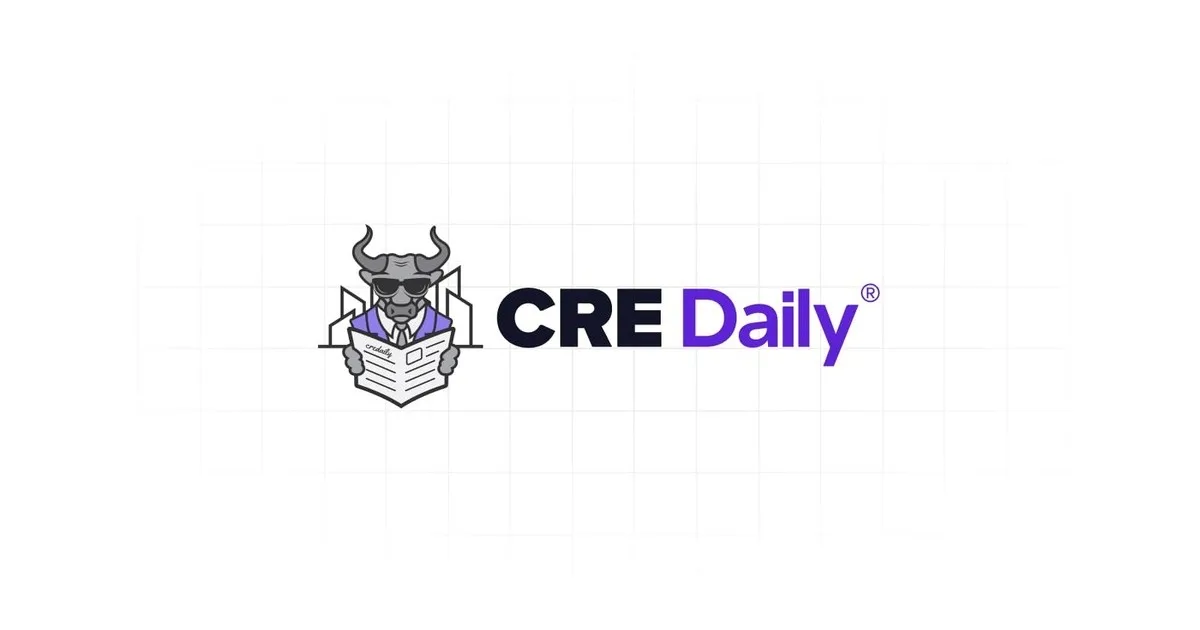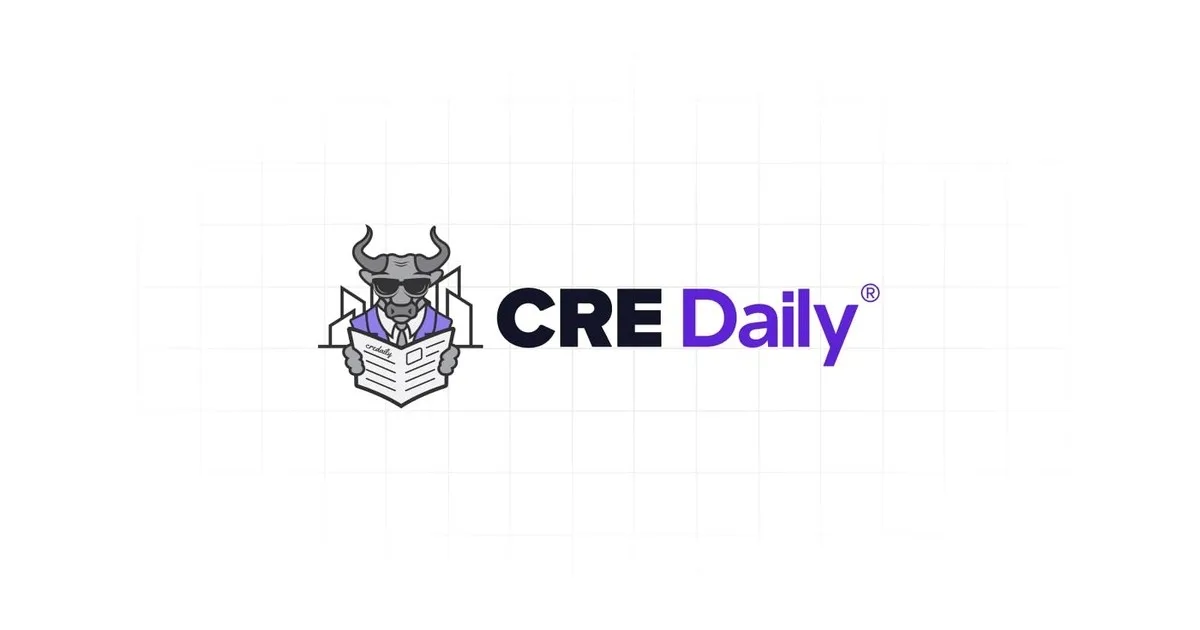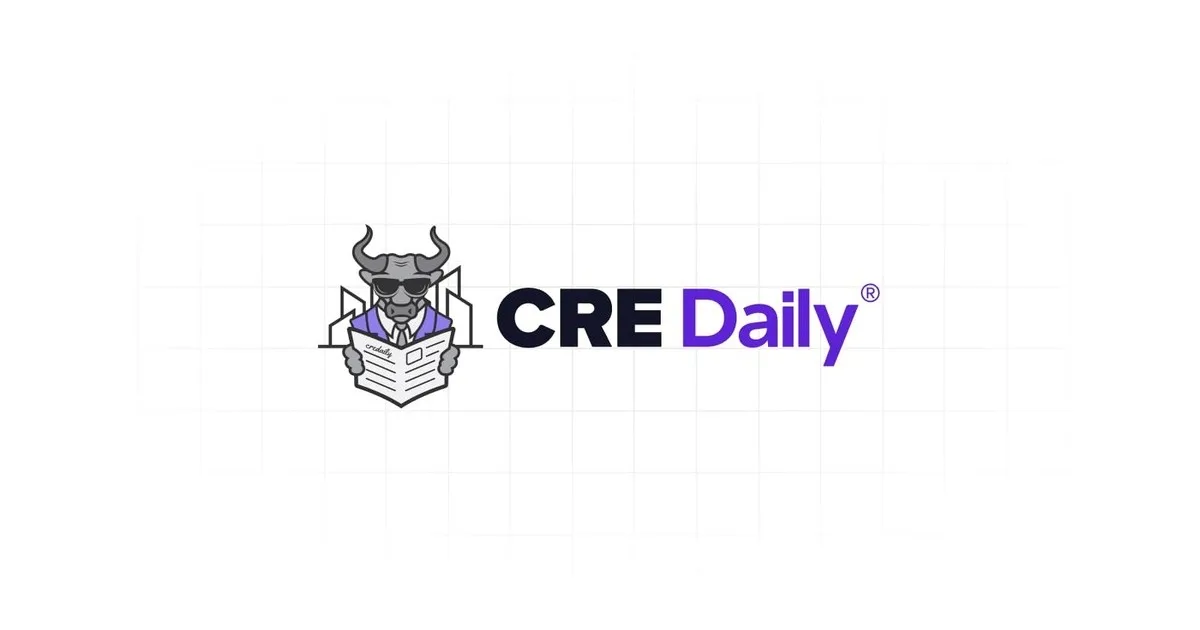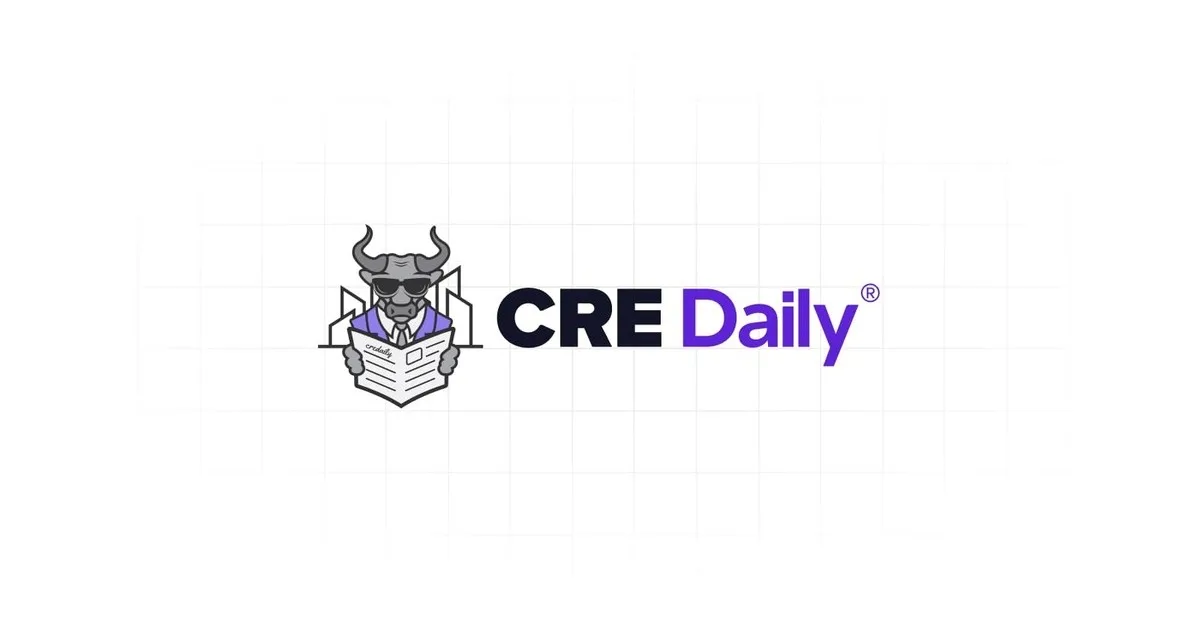- HUD and USDA now require new construction financed by their programs to meet stringent energy codes, including the 2021 International Energy Conservation Code (IECC).
- Multifamily developers express concerns over higher costs, with over half indicating they may abandon certain projects, and 44% warning of potential rent hikes.
- The Federal Housing Finance Agency is considering similar requirements for Fannie Mae and Freddie Mac, which could further limit affordable housing development.
As reported by GlobeSt, new federal energy code requirements are raising concerns among multifamily housing developers, who face potentially higher construction costs and increased regulatory barriers.
New Standards
A recent directive from the Department of Housing and Urban Development (HUD) and the Department of Agriculture (USDA) ties financing for new multifamily construction to stricter energy efficiency standards, specifically the 2021 International Energy Conservation Code (IECC) and ASHRAE 90.1-2019.
These standards are part of the government’s broader push for energy efficiency, aimed at lowering utility bills for tenants and homeowners.
The directive requires all new single-family construction financed by HUD and USDA to adhere to the 2021 IECC, while HUD-financed multifamily housing must meet either the 2021 IECC or ASHRAE 90.1-2019.
These updated energy codes aim to enhance energy conservation, which HUD and USDA argue will ultimately benefit renters by reducing utility expenses. The agencies also determined that the new codes would not negatively impact housing affordability under the Energy Independence and Security Act of 2007 (EISA).
Developer Concerns
However, feedback from the National Association of Home Builders (NAHB) suggests a different story. Over half of the multifamily builders and developers surveyed were concerned that these requirements would lead them to abandon some projects due to additional construction costs.
Furthermore, 44% of respondents indicated they would need to raise rents to offset higher expenses.
The NAHB survey also found that only 11% of developers currently operate in jurisdictions that have adopted the 2021 IECC, meaning the majority would need to adjust their building practices to comply with the new requirements.
The concern is that the directive essentially functions as a national mandate, pushing builders to adopt the 2021 energy code regardless of local readiness or geographic considerations.
Since energy codes are usually updated every three years, local governments traditionally adopt these codes at their own pace, considering specific climate and construction needs.
With this new mandate, developers argue that they are being forced to adopt standards that are not yet common across the country, potentially raising costs and complicating timelines.
Impact on Future Projects
The energy code requirement will take effect in May 2025, and its impact could extend beyond HUD and USDA-backed projects.
The Federal Housing Finance Agency (FHFA), which oversees Fannie Mae and Freddie Mac, is considering whether to adopt similar requirements for their mortgage programs, both for single-family and multifamily properties.
Should Fannie Mae and Freddie Mac move forward with these requirements, more than 60% of developers surveyed by NAHB believe this would discourage the development of both affordable and market-rate housing projects.
Developers also highlighted potential shifts in their approach to new projects—indicating that they may seek alternative financing sources or reduce the scale of projects, either by cutting apartment sizes or eliminating amenities to compensate for increased costs.
This reaction could ultimately reduce the availability and quality of multifamily housing options, impacting renters.
